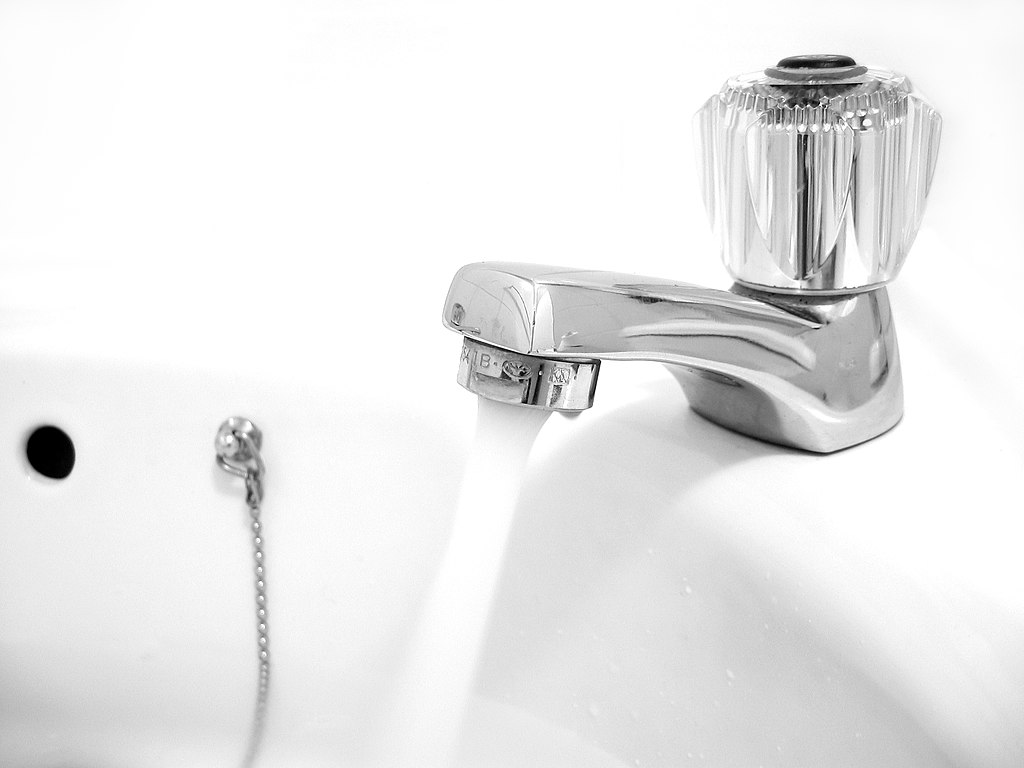Control is a fundamental concept in management and public policy. It is a continuous process of setting objectives and collecting feedback based on the results recorded in the implementation of these objectives. Ultimately, a well-functioning system of control is the key to long-term success.
There are different approaches to control, some more sophisticated than others. To illustrate these various levels of sophistication of control, let us look at an everyday metaphor: water taps.
1. Traditional British hot and cold water taps are separate:
Having hot and cold water coming out separately meant that you had to mix the water in your hands to get the right temperature, often risking scolding your hands under the hot water tap if you were unable to skillfully cool your hands with water from the cold tap at the same time. This anachronistic solution dates back to the time when the technology did not exist to separate the higher-pressure hot water from flowing into the cold water pipe if the two were connected inside the tap.
An example of such a slow-control system is macroeconomic fiscal policy, where the Government tweaks the tax rates but the results are only observed in the real economy a year or two later. The observed outcomes then inform policy, which can be adjusted in turn.
Having hot and cold water coming out separately meant that you had to mix the water in your hands to get the right temperature, often risking scolding your hands under the hot water tap if you were unable to skillfully cool your hands with water from the cold tap at the same time. This anachronistic solution dates back to the time when the technology did not exist to separate the higher-pressure hot water from flowing into the cold water pipe if the two were connected inside the tap.
An example of such a slow-control system is macroeconomic fiscal policy, where the Government tweaks the tax rates but the results are only observed in the real economy a year or two later. The observed outcomes then inform policy, which can be adjusted in turn.
2. Old European taps mix the water but have two separate knobs:
The traditional tap familiar to most Europeans consists of a mixer and two separate control knobs for hot and cold water. Although the water comes out mixed, there is still some initial adjustment required to get the temperature right. This is a step in the right direction: the entire process is simplified, which cuts water waste and ensures a higher probability of getting consistent temperature every time. However, there is still room for improvement in the system.
An example of this system in the economy is Central Bank monetary policy. When a Central Bank reduces interest rates, the added liquidity takes about six months to work its way through the economy.
An example of this system in the economy is Central Bank monetary policy. When a Central Bank reduces interest rates, the added liquidity takes about six months to work its way through the economy.
3. Modern mixed tap with a single lever:
Modern technology allows using a single lever to set the exact temperature of a single flow of water. The modern tap saves time and keeps water waste to a minimum. This setup represents an efficient, streamlined system which allows for greater control over the whole process and guarantees an effortless experience and a consistently high standard for the user.
An example of this type of systems are the microeconomic decisions of company owners: the changes they adopt take a week to trickle down the organisational hierarchy.
4. Conclusion
If faced with the task of setting up a system of control, whether it be for personal or corporate purposes, consider the water tap metaphor. Or if you want to go a step further, follow the Chinese saying: 饮水思源 (yǐn shuǐ sī yuán) - when you drink water, think about its source.
 |
| Water tap (image source: Wikipedia) |